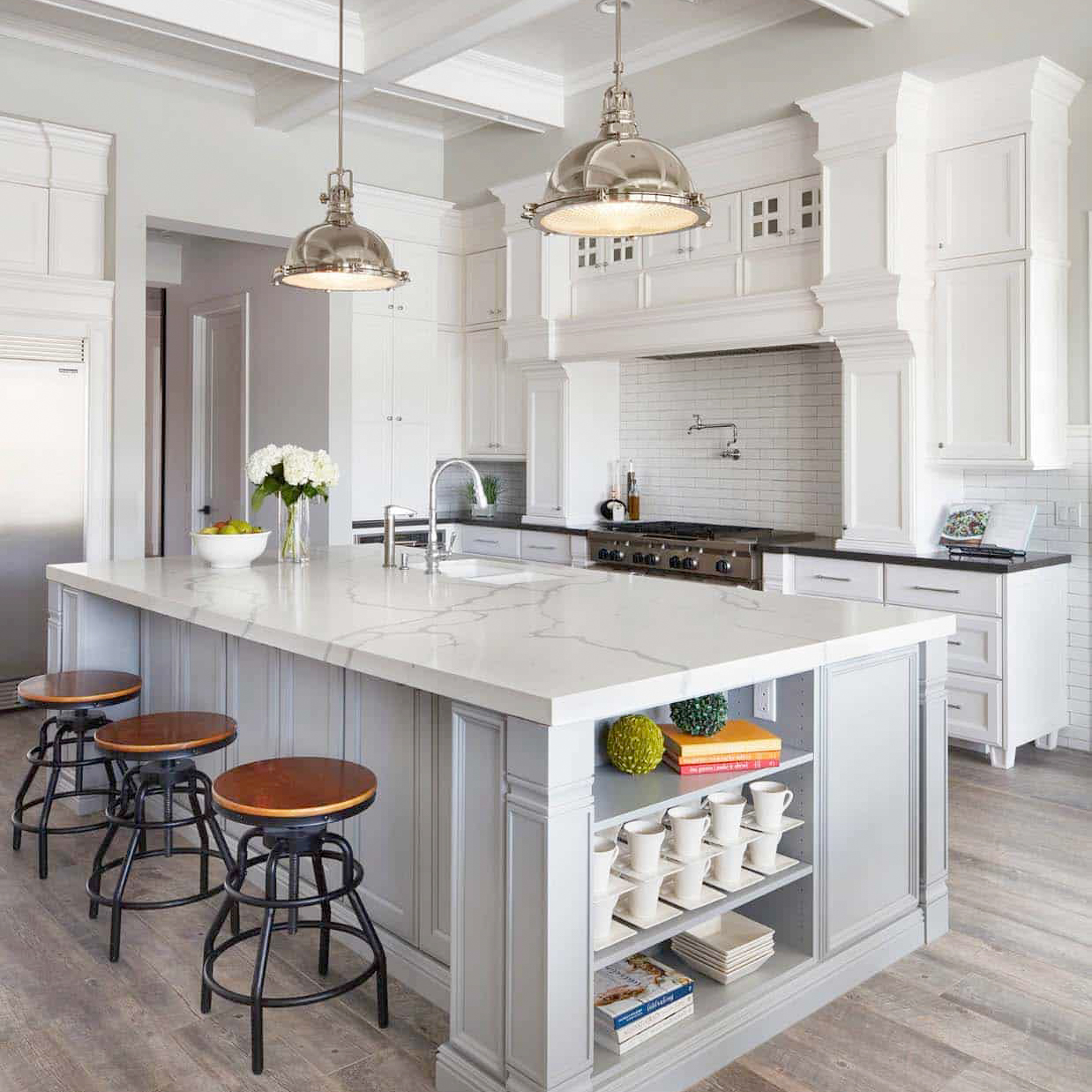
Lighting is an essential part of any well-designed home. Not only does it serve the practical purpose of illuminating a space, but it can also add character, style, and ambiance to a room. In this article, we will explore the different types of house lighting and how they can be used to transform a home.
The Different Types of House Lighting
There are three primary types of house lighting: ambient, task, and accent.
Ambient Lighting refers to the overall light in a room. It sets the tone and mood of the space and provides a level of brightness that allows for comfortable navigation. Examples of ambient lighting include overhead fixtures, wall sconces, and floor lamps.
Task Lighting is designed to provide focused light for specific tasks, such as reading, cooking, or doing homework. Task lighting is usually brighter than ambient lighting and is used to highlight specific areas. Examples of task lighting include table lamps, under-cabinet lighting, and track lighting.
Accent Lighting is used to draw attention to a particular piece in a room, such as a painting or sculpture. It is often used to create drama or add depth to a space. Examples of accent lighting include spotlights, wall-mounted fixtures, and dimmable lights.
The Importance of Proper Lighting
Proper lighting can make a huge difference in the look and feel of a room. It can brighten up a space and make it feel more welcoming, or it can create a cozy, intimate feel. The right lighting can also highlight the best features of a room, such as a beautiful piece of artwork or a unique architectural detail.
On the other hand, poor lighting can ruin an otherwise well-designed room. Too much light can be harsh and uninviting, while too little can make a space feel dark and unwelcoming. Bad lighting can also make a room feel cluttered and clutter can be distracting.
How to Choose the Right Lighting for Your Home
When choosing lighting for your home, consider the following factors:
The Room’s Function: The purpose of the room should dictate the type of lighting you choose. For example, a kitchen would require bright task lighting while a bedroom would need soft ambient lighting.
Style and Decor: Lighting can be used to complement or contrast with the decor of a room. For example, a modern chandelier would look out of place in a rustic farmhouse.
Natural Light: Consider the amount of natural light the room receives. A room that gets a lot of natural light will require less artificial lighting, while a windowless room will need more.
Energy Efficiency: Consider using LED lights or other energy-efficient bulbs, which can save you money on your energy bill and are better for the environment than traditional incandescent bulbs.






